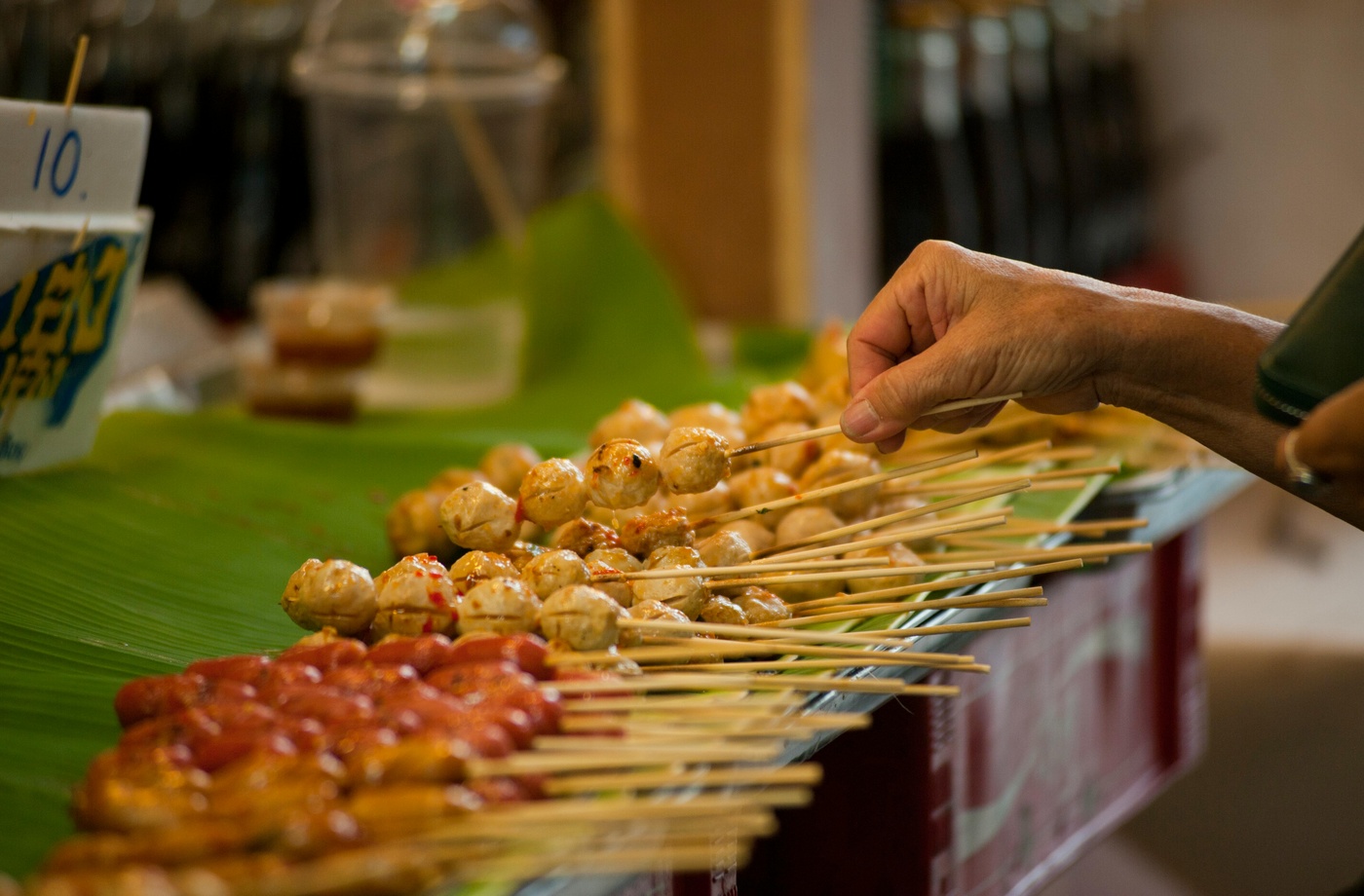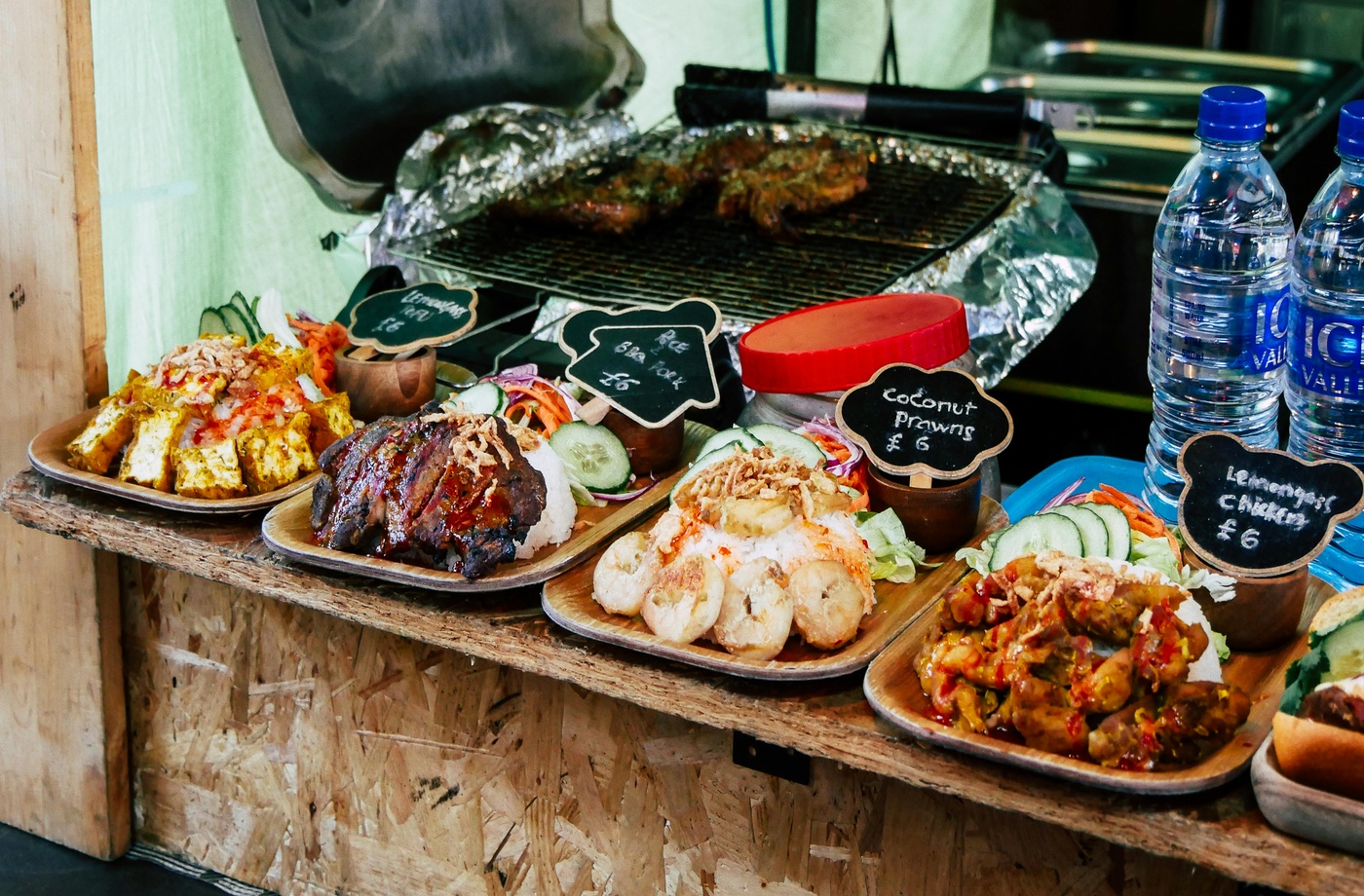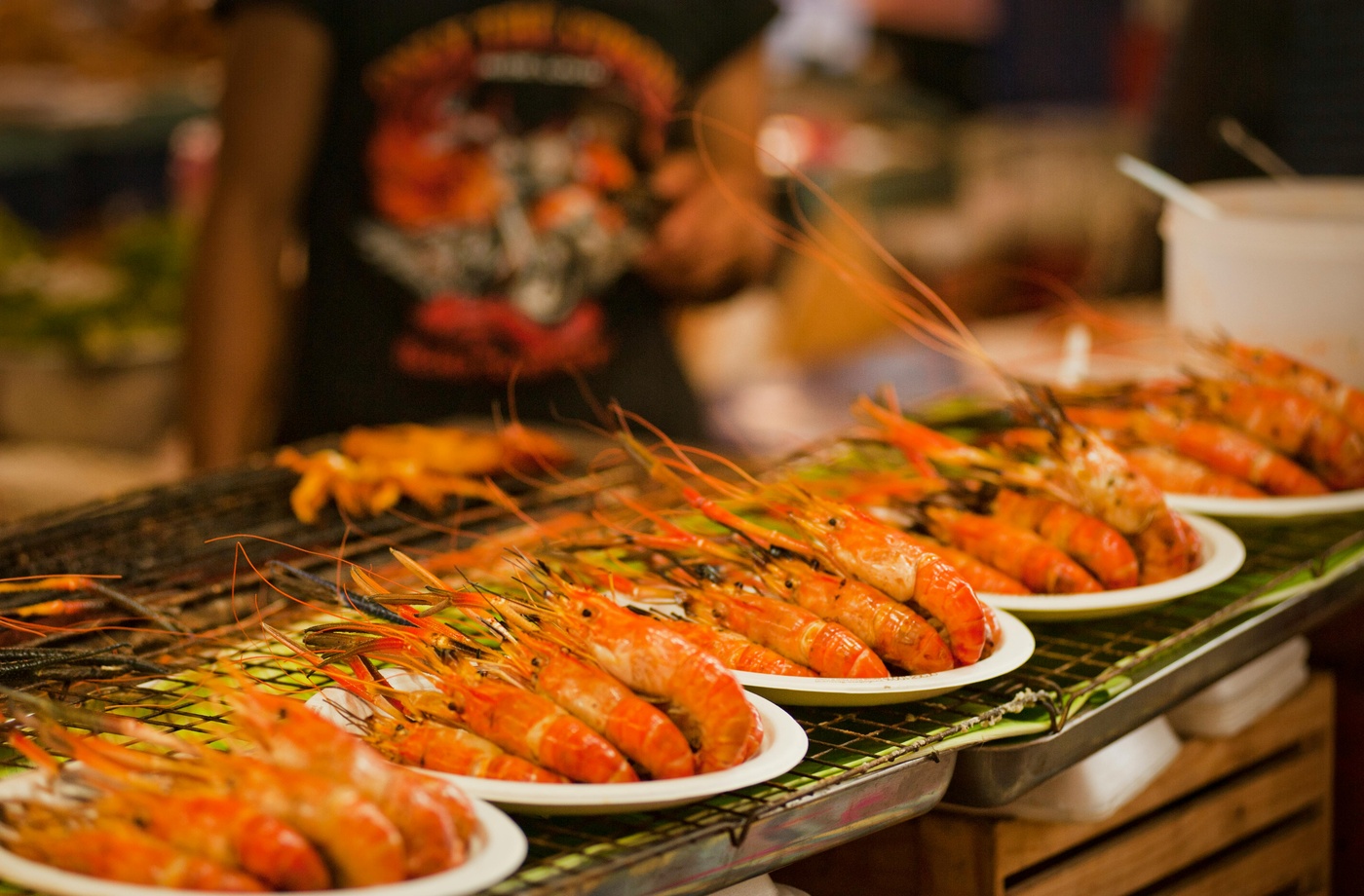Street food is one of the most rewarding parts of international travel. It’s affordable, authentic, and rooted in local culture. But every country has its own unspoken rules—from how you order to where you eat. Understanding basic street food etiquette not only shows respect for the culture but also ensures a smoother, tastier experience. If you’re new to exploring global food stalls, this guide breaks down the key do’s and don’ts to follow around the world.
- Observe Before Ordering
One of the best ways to learn the flow of a food stall is to step back and watch how locals interact. Do they pay first or after eating? Do they seat themselves or wait to be called? This approach helps avoid confusion and shows consideration for the vendor’s process.
In places like Thailand or Vietnam, it’s common to order quickly and move aside to let the next person in. In Japan, you might place your order at a vending machine and hand the ticket to the chef.
- Use Cash (and the Right Amount)
Many street food vendors still operate as cash-only businesses, especially in smaller cities or rural areas. Carry small bills and coins to avoid delays—some stalls may not have change for large denominations. In some markets, exact change is preferred and appreciated.
While card payments and apps are gaining ground, particularly in cities like Seoul or Singapore, it’s best to be prepared with local currency when venturing into neighborhood food zones.
- Respect the Space
In some cultures, food stalls offer communal seating; in others, eating while walking is frowned upon. For example, in Japan, it’s considered impolite to walk and eat at the same time, especially in traditional areas. In Mexico or Thailand, it’s common to eat at standing counters or small tables right beside the vendor.
If seats are limited, don’t linger too long after finishing your meal. Quick turnover helps small vendors serve more customers.
- Know How to Dispose of Waste
Street food doesn’t always come with clear signage for trash or recycling. In many cities, public bins may be scarce, so be prepared to carry your waste until you find a proper place to dispose of it. In Taiwan and Singapore, littering is taken seriously, and fines can apply.
Bring a small bag for wrappers or napkins, and avoid handing trash back to vendors unless they offer bins at their stall.
- Say Thank You in the Local Language
Learning how to say “thank you” is one of the simplest and most appreciated gestures you can make. Whether it’s “gracias,” “arigatou,” “kop khun ka,” or “merci,” it builds goodwill and shows cultural awareness.
A smile and a nod also go a long way in communicating gratitude across language barriers.
- Don’t Bargain for Food Prices
While bargaining is common in markets for clothing or souvenirs, it’s not appropriate when it comes to food. Street vendors operate on thin margins, and their prices are typically fair. Haggling can come across as disrespectful and can damage relationships with locals. - Be Adventurous, But Courteous
Trying unfamiliar dishes is part of the adventure, but always approach new foods with curiosity—not judgment. If something isn’t to your taste, avoid making faces or disparaging comments in public. Quietly dispose of the item later or offer it to a travel companion if appropriate.
Bonus Tip: Stay Connected for Safety and Savings
Having access to mobile data helps with translating menus, navigating food markets, or using apps like Google Translate and Maps. If you’re ordering from delivery apps like Uber Eats or Grubhub, consider using Fluz to earn cashback when paying with gift cards or virtual cards.
Final Thought
Street food is an open invitation into a country’s culinary heart. When approached with respect, patience, and a bit of preparation, it becomes much more than a meal—it becomes a cultural exchange. Follow the etiquette, embrace the flavors, and you’ll walk away with more than just a full stomach.



